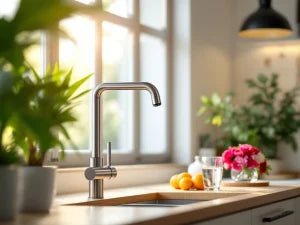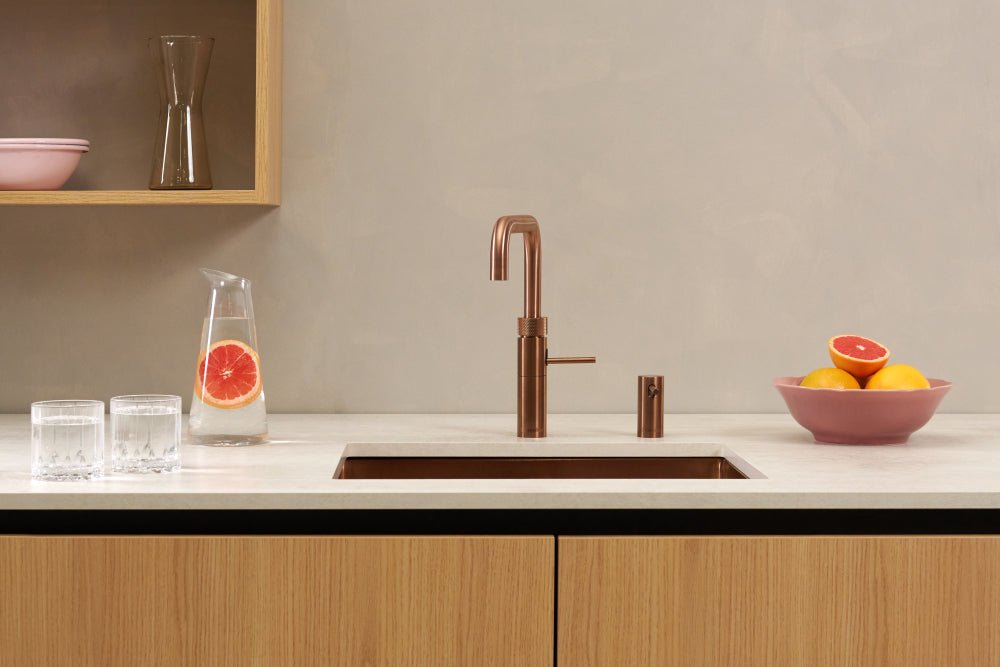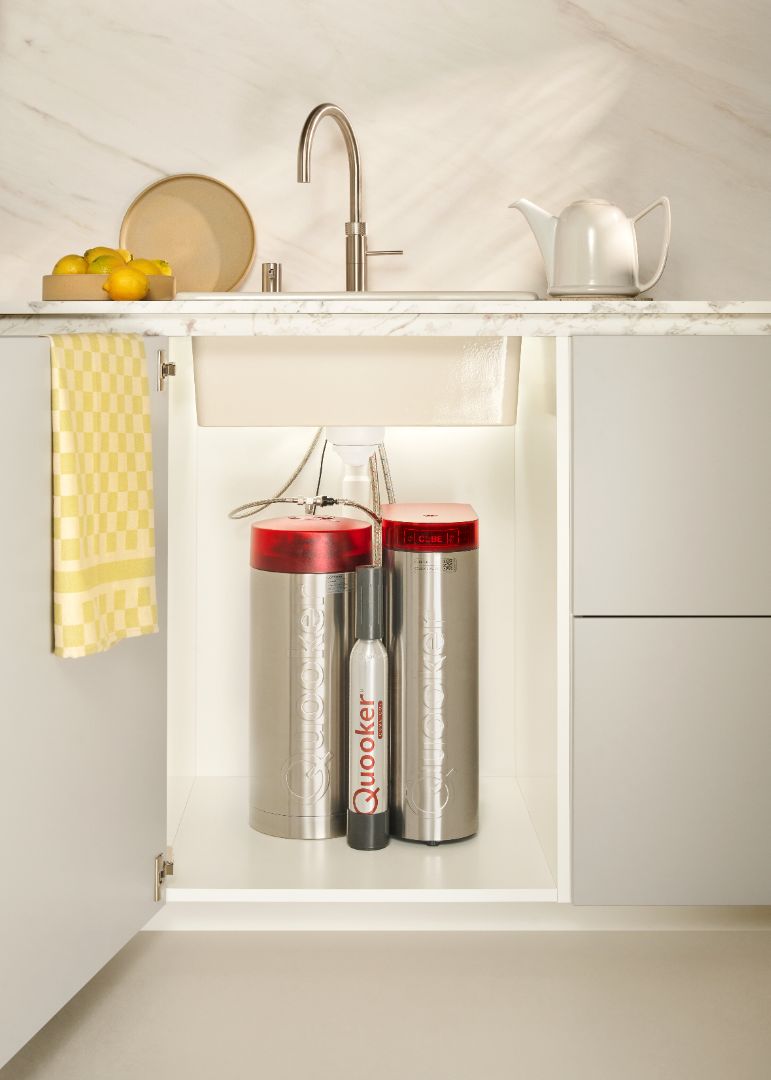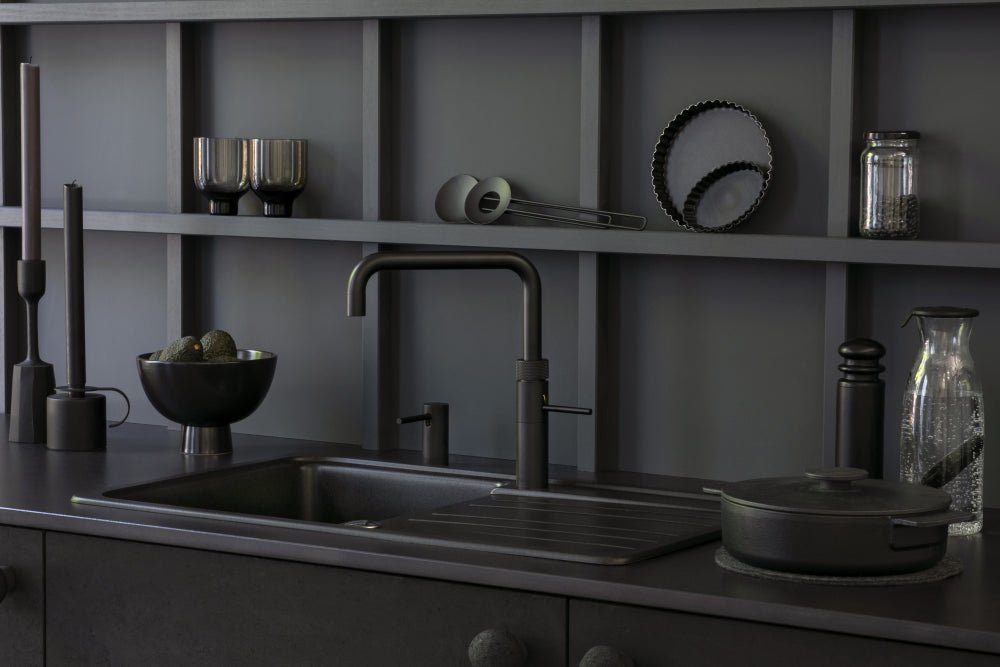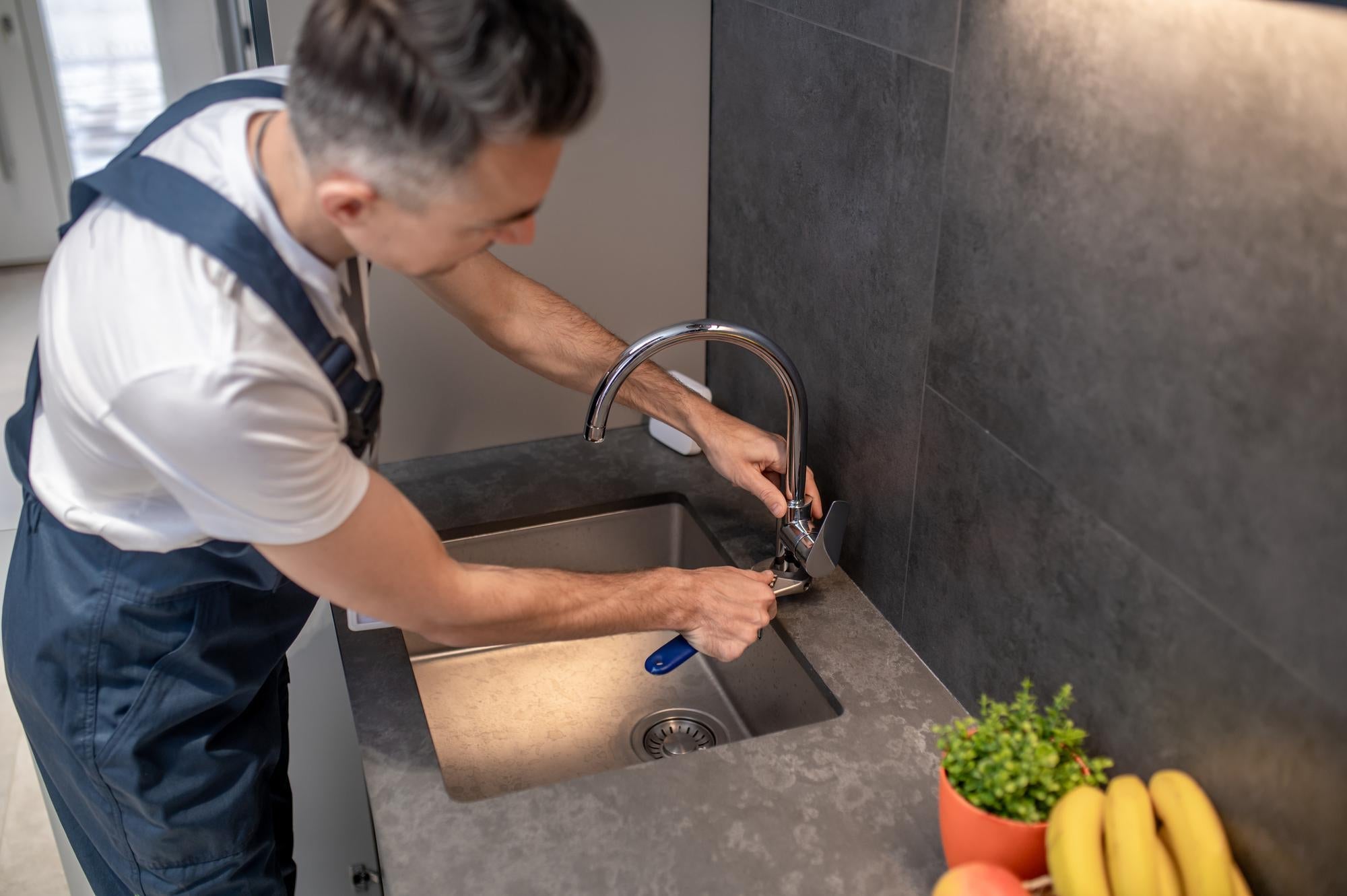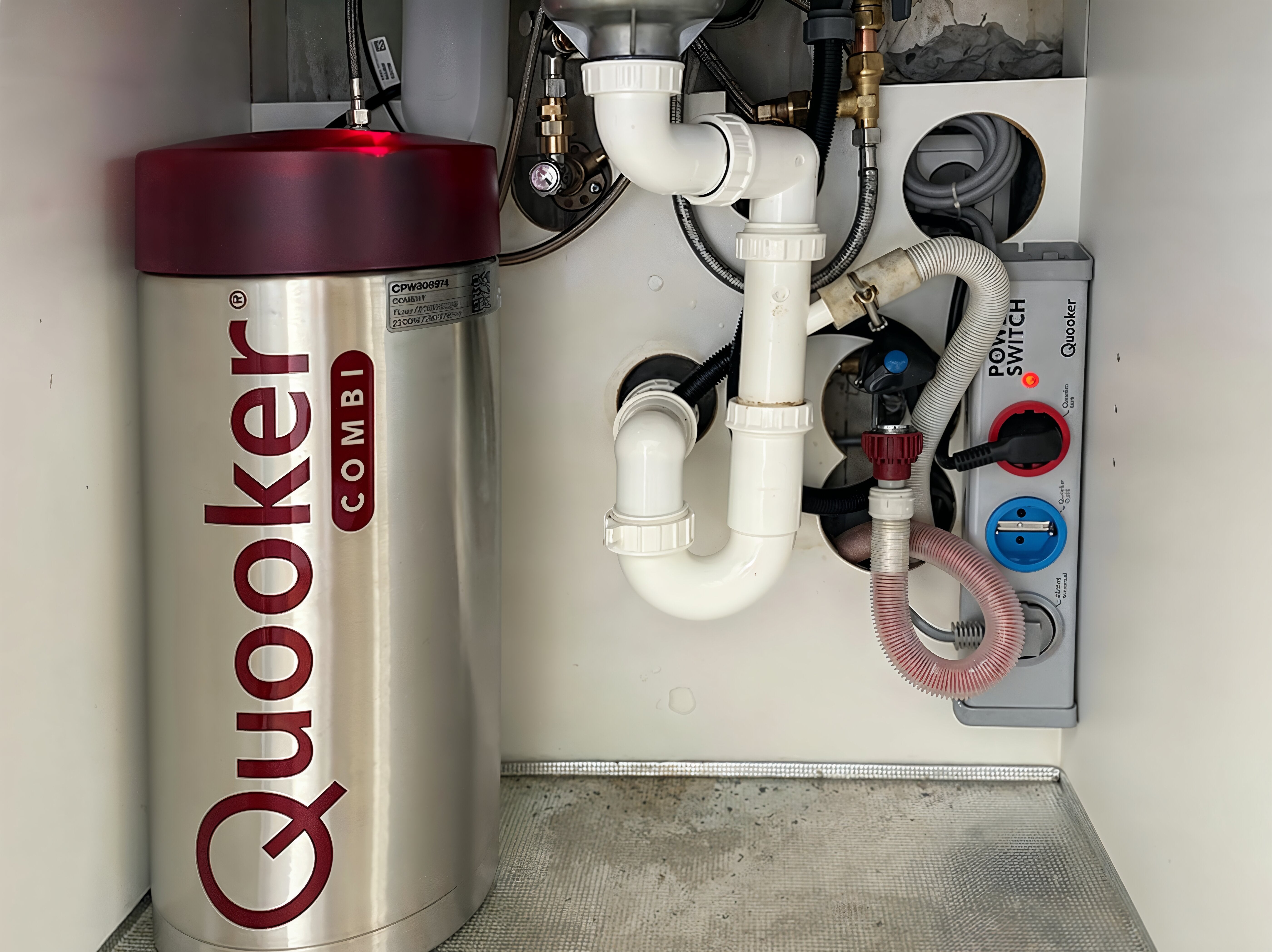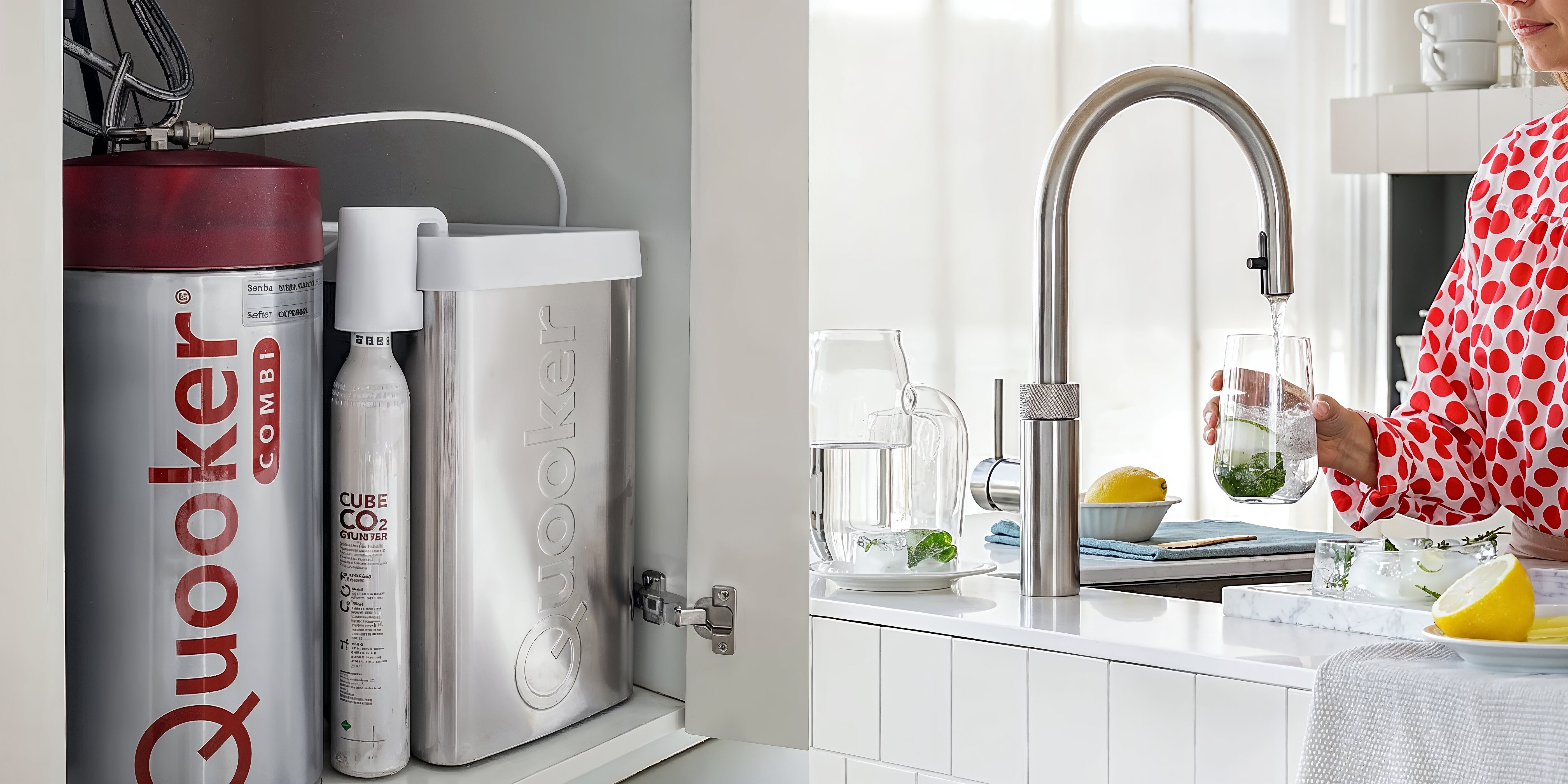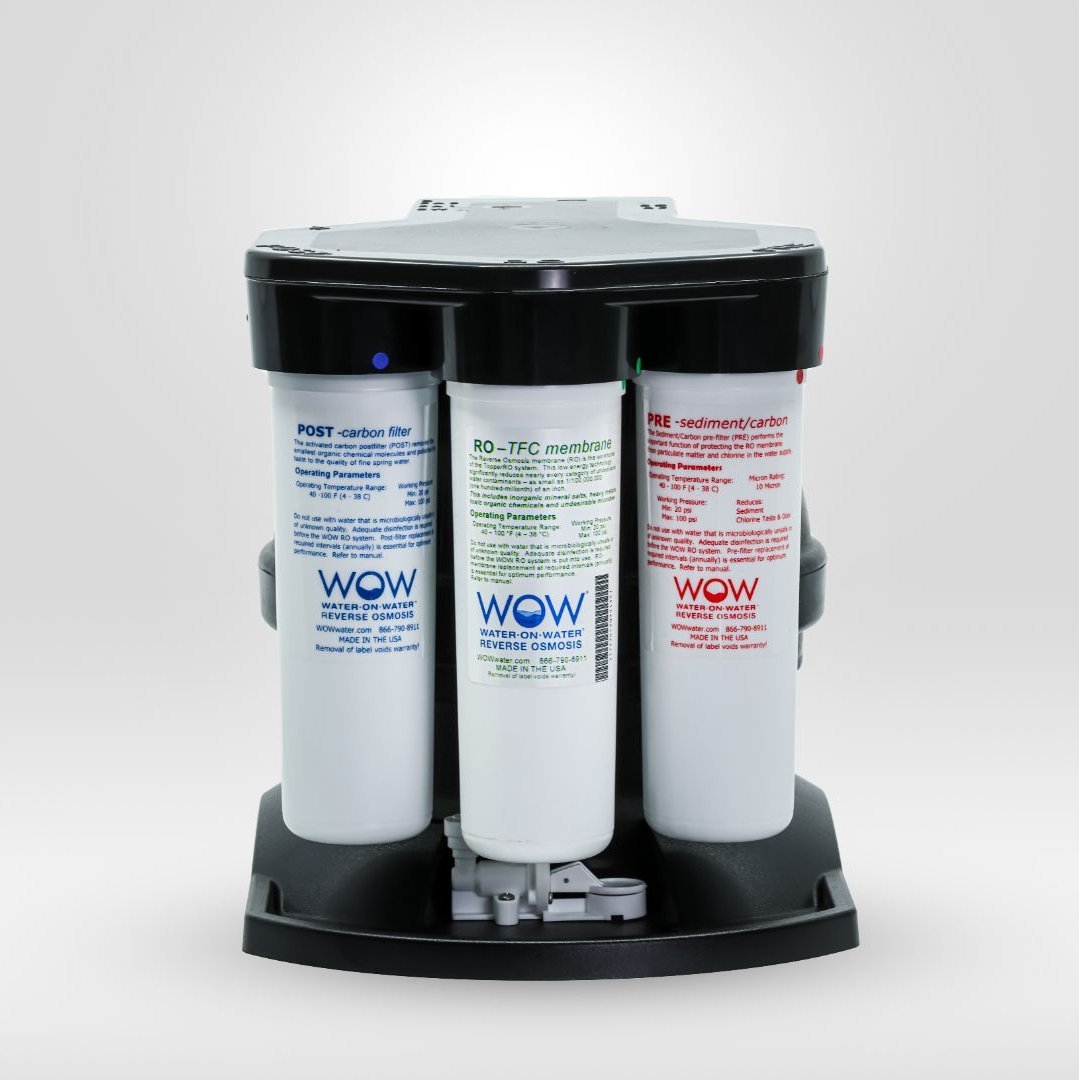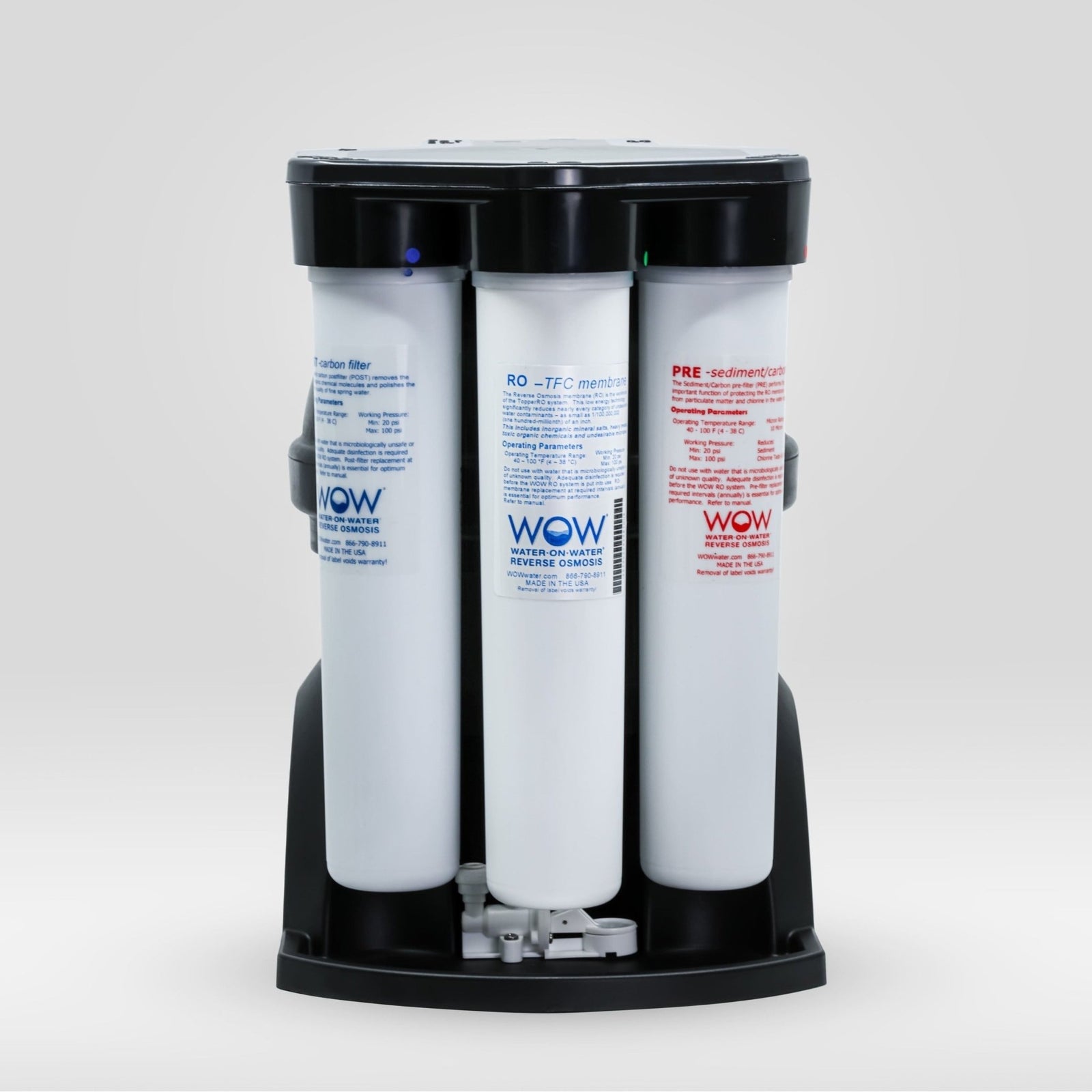A good TDS value for drinking water is between 50 and 150 ppm (parts per million). This value indicates the amount of dissolved solids, such as minerals and salts, present in the water. Water with a TDS value within this range contains sufficient minerals for a pleasant taste and health benefits, without reaching harmful concentrations. A TDS meter helps you easily measure and monitor this value at home.
What exactly does TDS in drinking water mean?
TDS stands for Total Dissolved Solids, or the total amount of dissolved solids in water. This value includes all minerals, salts, metals, and other substances dissolved in the water. These include calcium, magnesium, sodium, potassium, chlorides, sulfates, and bicarbonates. Less desirable substances such as nitrates, heavy metals , and organic compounds also contribute to the total TDS value.
The TDS value is expressed in ppm (parts per million) or mg/l (milligrams per liter). A TDS meter measures the electrical conductivity of water, because dissolved solids make it more conductive. The more dissolved solids, the higher the conductivity and therefore the TDS value.
TDS measurements are relevant to water quality because they provide an initial indication of water purity. While a TDS measurement doesn't indicate which specific substances are present, it does provide insight into the total amount of dissolved substances. This makes it a valuable tool for assessing overall water quality and monitoring changes over time.
What TDS value is ideal for daily drinking water?
For daily drinking water, a TDS value between 50 and 150 ppm is considered ideal. The World Health Organization (WHO) uses guidelines that water with a TDS value below 300 ppm is excellent, between 300 and 600 ppm is good, between 600 and 900 ppm is fair, and above 900 ppm is unsuitable for consumption.
Water with a TDS value below 50 ppm can be perceived as too soft and may lack essential minerals like calcium and magnesium, which are important for your health. This water often tastes flat or even slightly acidic. On the other hand, water with a TDS value above 150 ppm can have a brackish or metallic taste, depending on the specific dissolved solids.
The optimal balance is therefore in the range of 50-150 ppm, where the water contains sufficient minerals for:
- A pleasant, fresh taste
- Support of bodily functions
- Good hydration
- Maintenance of electrolyte balance
It's important to remember that the TDS value alone doesn't tell you everything about water quality . The nature of the dissolved solids is also important. Therefore, it's wise to consider other water quality parameters in addition to TDS measurements.
How do you measure the TDS value of your tap water at home?
Measuring TDS at home is easy with a digital TDS meter. Follow these steps for an accurate reading:
- Remove the protective cap from the TDS meter
- Rinse the electrodes with clean water
- Fill a clean glass with the water to be tested
- Turn the meter on and immerse the electrodes about 5 cm in the water
- Stir gently to remove air bubbles
- Wait until the value on the display stabilizes (usually within 10 seconds)
- Read the value in ppm or mg/l
For reliable measurements, it's important to calibrate your TDS meter regularly. This is done using a calibration solution with a known TDS value. Most meters have automatic temperature compensation, as temperature affects conductivity.
Practical tips for maintaining your measuring equipment:
- Rinse the electrodes with distilled water after each use.
- Store the meter with the protective cap on
- Replace batteries in time for consistent measurements
- Calibrate at least once a month with regular use
Why does the TDS value differ by water type and location?
Total dissolved solids (TDS) values vary considerably due to several factors. Geological conditions play a crucial role: water flowing through calcareous soils absorbs more minerals than water from granitic areas. In the Netherlands, we see significant regional differences, with areas with clay and peat soils often showing higher TDS values than sandy soils.
The water source also significantly influences the TDS value. Groundwater typically has higher TDS values (150-500 ppm) due to prolonged contact with minerals in the soil. Surface water from rivers and lakes often has lower values (50-250 ppm) but can contain more organic matter. Rainwater has the lowest TDS value (5-20 ppm) because it is distilled by evaporation.
| Water type | Typical TDS value (ppm) | Features |
|---|---|---|
| Rainwater | 5-20 | Very soft, few minerals |
| Filtered water (RO) | 10-50 | Very pure, low in minerals |
| Tap water Netherlands | 100-400 | Varies by region |
| Spring water | 150-500 | Rich in minerals |
The pipe infrastructure also affects the TDS value. Old pipes can release corrosion products, while new plastic pipes have less of an impact. Treatment by water companies, such as water softening or remineralization, also changes the TDS value of the water that comes out of your tap at home.
When is water filtration necessary for abnormal TDS values?
Water filtration is recommended when the TDS value is consistently above 500 ppm or when specific harmful substances are present, regardless of the total TDS value. For values above 1000 ppm, filtration is strongly recommended due to potential health risks and unpleasant taste.
Symptoms that indicate the need for water filtration include:
- Brackish or metallic taste
- Visible deposits on sanitary facilities and appliances
- Discoloration of the water
- Skin irritation after showering
- Rapid limescale build-up in kettles
Reverse osmosis is the most effective method for reducing high TDS levels. This technology removes up to 99% of all dissolved solids, including harmful substances such as PFAS, pharmaceutical residues, and heavy metals. The result is water with a TDS level between 10-50 ppm, to which healthy minerals can then be added through remineralization.
Other filtration methods and their effectiveness:
- Activated carbon filters: improve taste and odor, but hardly reduce TDS
- Ion exchangers: effective for specific ions, but not for total TDS reduction
- Distillation: very effective, but energy-intensive
- Reverse osmosis: the most complete solution for TDS reduction
Important considerations regarding TDS values and water quality
Different applications have different optimal TDS ranges. Drinking water works best between 50-150 ppm, while aquariums or specific industrial applications require different values. For preparing tea and coffee, water with a TDS value around 100 ppm is ideal, as this allows the flavor to develop optimally.
Practical advice for monitoring water quality at home:
- Measure the TDS value of your tap water monthly
- Keep a log of measurements to identify trends
- Also test the water after filtration to check its effectiveness
- Compare measurements at different times of the day
The importance of regular measurements with a TDS meter cannot be overstated. Water quality can fluctuate due to seasonal influences, maintenance work on the pipeline network, or changes in the water source. By measuring consistently, you can intervene promptly if the water quality deviates from the desired level.
Investing in good home water filtration systems not only ensures a consistent, optimal TDS level but also removes specific harmful substances that a TDS measurement can't detect. Modern systems with reverse osmosis technology offer the assurance of pure, healthy drinking water, regardless of the quality of the source water. With the right equipment and regular monitoring, you can enjoy the highest quality water every day, straight from your tap.
